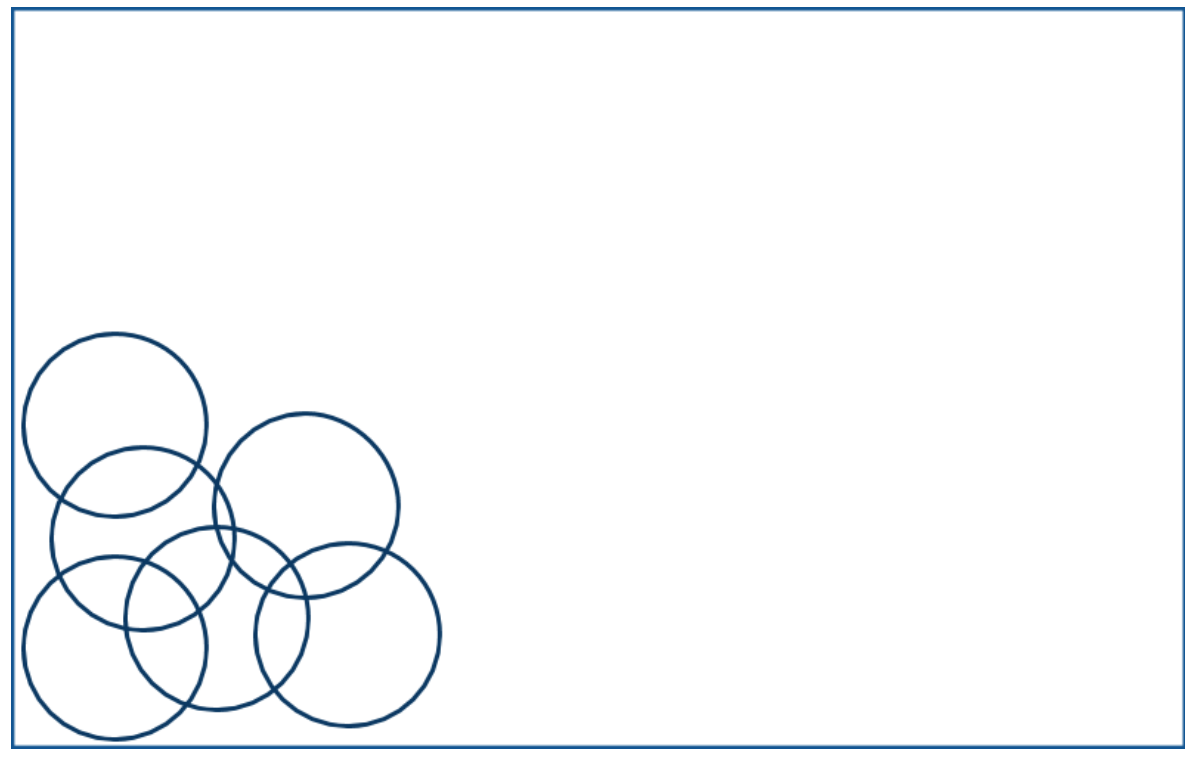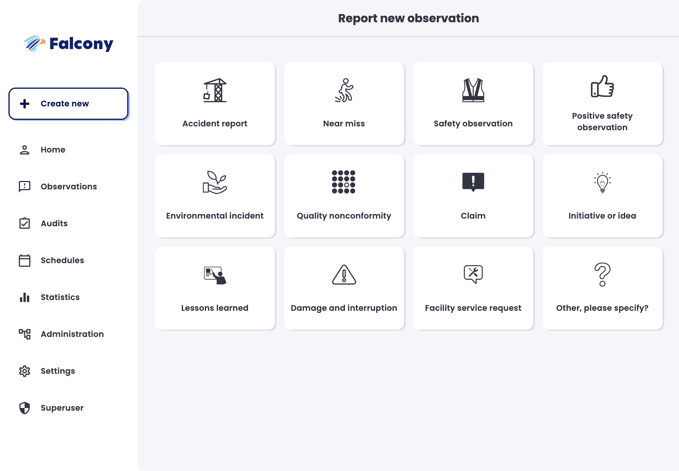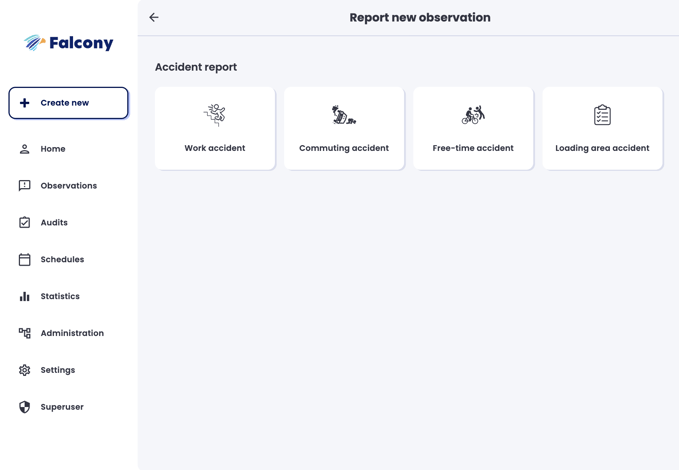Four tips to improve the diversity of your safety programme
This blog post follows the series of diversity in safety. Read the previous blog posts by following the links below:
“For every complex problem there is an answer that is clear, simple, and wrong.” - H.L. Mencken
Problems of today are of different kind to what they were yesterday. That is true for safety just as it is for security, quality, environment and daily business operations. The problems used to be far simpler when we didn’t have EVs, IoT, Nuclear Power, tens of thousands of airplanes in the air every moment and other and other new technologies. Of course we are not against technological improvement (totally opposite actually), but this is just to explain that we are living a different age and problems are more complex in nature and there’s no slowdown in sight.
To show this visually, think about problems as rectangles. The bigger the problem, the bigger the rectangle. Our solutions, perspectives and ideas are represented as circles inside the rectangle. Historically the issues we faced we simpler and so was the needed solutions as shown in image 1.

Nowadays however, the problems are much more complex and thus the rectangles are far wider and taller requiring us to look for more potential solutions (image 2). If we don’t engage our employees to report observations and take action today, just consider near future as the rectangles grow even bigger in size and number.

The question then goes, how we can increase the area of circles inside the rectangles to cover more of them? Hiring different perspectives and ways of work is an obvious solution but it’s good to remember that safety managers are often alone or work in small teams so this might not be inside your circle of influence. It’s however important to note that the bigger the organisation is, the more people with potentially different perspectives there already exists unless everyone is pulled towards institutional imperative.
TIP 1: Engage with your employees and contractors on a daily basis to discuss about safety and encourage them to tell what they see and think.
Only a small fraction of employees truly think about workplace safety on a daily basis. A good place to start changing this is to start to show your staff what good and not so good safety looks like. This includes annual trainings, monthly toolbox talks and safety dialogues but even more importantly in everyday work when they open the incident reporting software. Instead of just defining different types as near miss, accident and safety observation, categorise them in the User Interface by the pre-replying to the question “what did you see?”. This usually sparks up ideas that relate specifically to your whole workplace.
An example view of categories taken from the Falcony platform:

There can also be subcategories, like we have her for the Accident report main category:

This way, whenever your staff report new observations, they will also get new ideas what other types of observations could they report. Their frame of reference begins to expand.
By the way, we recommend to invest in a system where every single user can log in because this makes sure the feedback loop is there for the observers to realise corrective actions are done and lessons learned.
Tip 2: Instead of pushing with a rope, show and provide feedback to employees to get more observations.
“What gets measured, gets managed” is a famous phrase by management guru Peter Drucker. For our purposes here, we have changed the words a bit: what gets incentivised, gets improved. Measuring something and incentivising based on certain thresholds or leaderboards is a great way to increase the results of your safety management system. We like to recommend team based incentives especially if they are build around campaign or competitions. Team-based rewards create team spirit and are especially great in today’s team-based workplaces. One way to improve the engagement of everyone inside a team is to create a competition not by average number of safety observations per team but instead median number of observations per team. This way best reporters in the team must encourage everyone to join aboard.
Tip 3: Incentivise for both quantity and quality of safety observations.
Expand the limits and borders of teams. Seek cooperation from other departments such as quality, environment, security, and operations (whether service or production) and have discussions how you could gather signals that impact each of you. Quality defect may often be a safety observation too and the other way around. If for example production team doing an inspection find abnormal number of defects per million parts, and realise it’s about machine requiring maintenance, this might mean there was also machine safety risk present. If that information only stays in the silo of quality and operations department, it would never be brought into safety manager’s view.
Tip 4: Unite the powers of multiple departments and improve the results of all management systems.
If you have more ideas how to increase the diversity in your organisation’s safety culture, drop us an email at support@falcony.io.
Do you want to learn more about safety metrics and KPIs? Get our FREE guide:
We are building the world's first operational involvement platform. Our mission is to make the process of finding, sharing, fixing and learning from issues and observations as easy as thinking about them and as rewarding as being remembered for them.
By doing this, we are making work more meaningful for all parties involved.
More information at falcony.io.

Related posts
Most Common Safety Risks for the Mining and Extraction Industry
The mining and extraction industry plays a crucial role in providing essential raw materials for...
Safety toolbox talk and safety dialogue - differences, benefits and purpose
Both Safety Toolbox Talk and Safety Dialogue are important components of a comprehensive health...
Health and Safety at Work Act - Understanding Health and Safety Regulations
Health and safety regulations are vital for industry based and professional settings. When...




